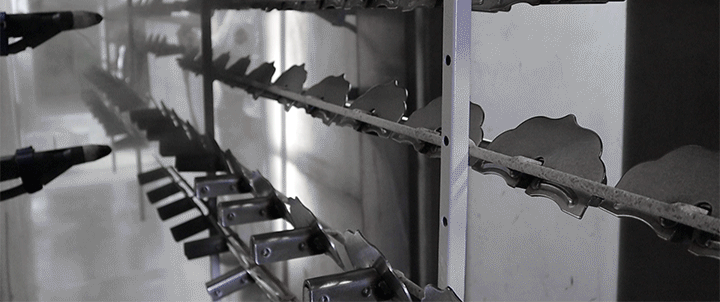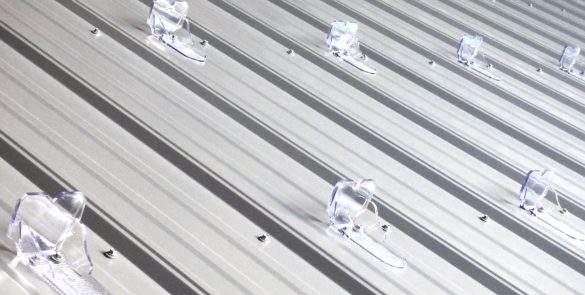Menu ☰

Snow Guard Materials & Quality
Stainless Steel Snow Guards
With a number of options for snow guard materials on the market, the best in quality would be guards made from high grade stainless steel. Stainless steel is resistant to corrosion, making it the metal of choice for anything that is constantly exposed to the elements. Depending on the gauge of the stainless steel, it can also be able to withstand heavy loads, making it a good choice for snow retention. Knowing the grade and gauge of a stainless steel snow guard is important when choosing a stainless steel snow guard.
Powder Coated Snow Guards

When going with a stainless steel snow guard, these can often be powder coated to match the color of the metal panel. However, not all powder coatings are created equal. When purchasing powder coated snow guards, make sure the right kind of powder coating was used for exposure to sunlight and weather.
The more durable the powder coating, the longer the snow guards will retain their color, and the steel underneath the coating will remain protected from
the elements.
Not only are there varying types of powder coatings, there are also varying methods for applying powder coating. How well a powder coating adheres to a stainless steel snow guard will depend on how that snow guard was prepared before it was powder coated. Some manufacturers will simply powder coat stainless steel snow guards right off the assembly line. However, it is important for stainless steel to go through a preparation process before getting powder coated, ensuring maximum adhesion. For maximum adhesion, the surface of stainless steel should be prepared by tumbling in with an abrasive material
such as ceramic granules. This results in a textured surface on the snow guard, creating additional surface area for the powder coating to adhere. After
being tumbled with an abrasive, the guards go through a bath process to remove any lose particles. After this, the guards are in prime condition for being powder coated.
Why Not Wet Paint?
There are a number of reasons why powder coating is the best route for color matching snow guards, such as the ease of application, durability and environmental friendliness. However, the most important thing is that powder coating doesn’t just have good adhesion, it also has good cohesion. Powder coating has the unique ability of actually bonding with the material it is applied to, meaning that powder coating rarely chips off the way wet paint can, and it also has a much higher likelihood of lasting just as long as the snow guard itself.
Polycarbonate Snow Guards

A popular low cost option snow guard is one made of polycarbonate; a highly durable type of plastic. While polycarbonate guards tend to be lower in cost than stainless steel guards, they also tend to be less durable. The pros of polycarbonate guards are that they may be lower in cost, and are “invisible.” These guards are not made to fit standing seams, and so require the use of adhesive and screws in order to attach to any kind of panel profile.
Before going with polycarbonate snow guards, there are a few points to take into consideration. Polycarbonate snow guards, while durable, are not guaranteed to last as long as stainless steel snow guards. This means that there is a chance of the guards failing or needing to be replaced. Polycarbonate is also not as resistant to sunlight and weather as stainless steel. High quality polycarbonate snow guards are made from “virgin” polycarbonate, meaning they are not manufactured from recycled materials. They will also be polycarbonate lexan, meaning they are treated for resisting the yellowing effect that sunlight tends to have on polycarbonate However, there is no guarantee on how long that will hold up.
Installing polycarbonate snow guards is also something to take into account. Although some installation instructions may only recommend using an adhesive approved for metal roofing, only using an adhesive puts your metal roof at risk for damage. When there is only an adhesive attaching a polycarbonate guard to the surface of a metal panel, the guard is only as strong as the metal panels coating. If a snow load is heavy enough to lift off the coating the metal panel receives to protect it from corrosion, then the adhesive can pull that coating off along with the guard, leaving a portion of the metal panel exposed to corrosive elements. This is why it is recommended that adhesive AND fasteners be used for installing polycarbonate snow guards, since a mechanical bond created by fasteners will always outlast an adhesive bond.
